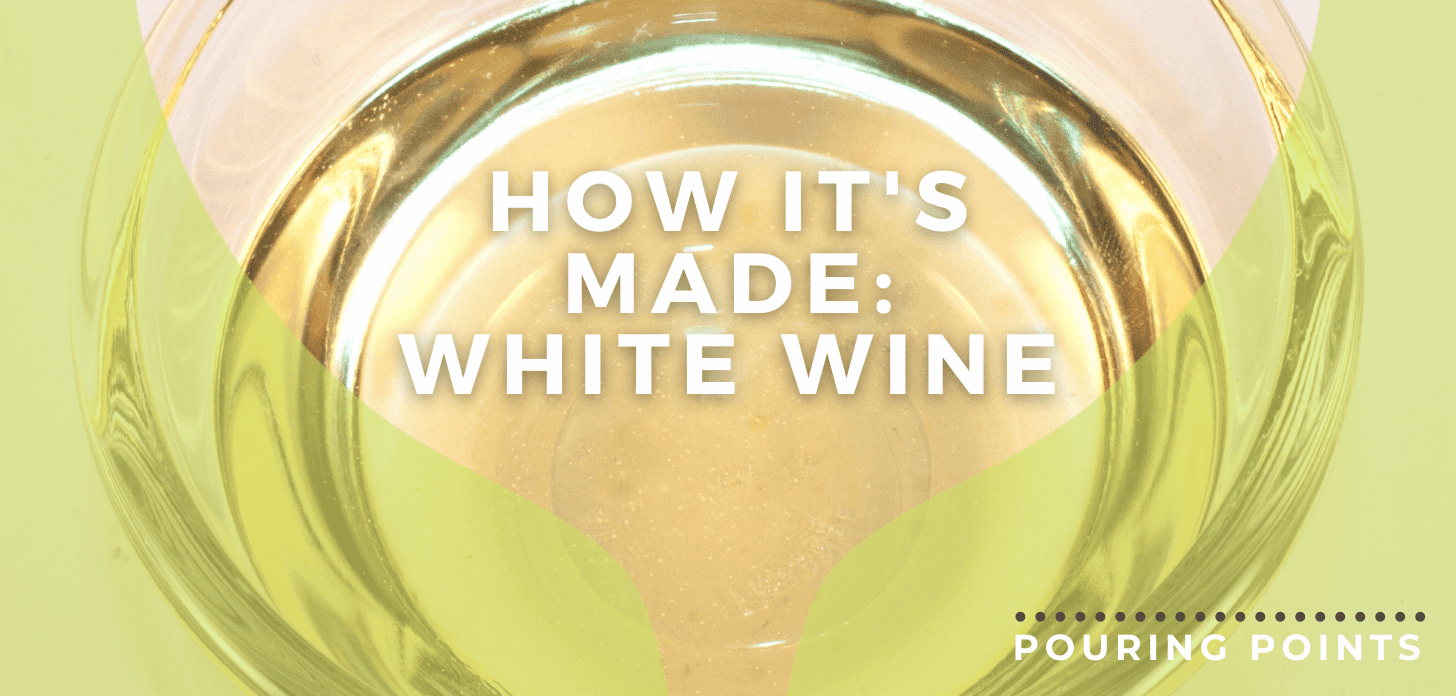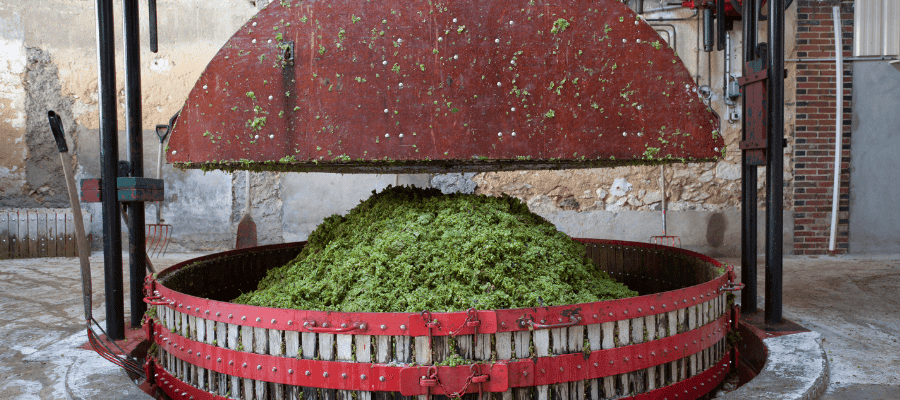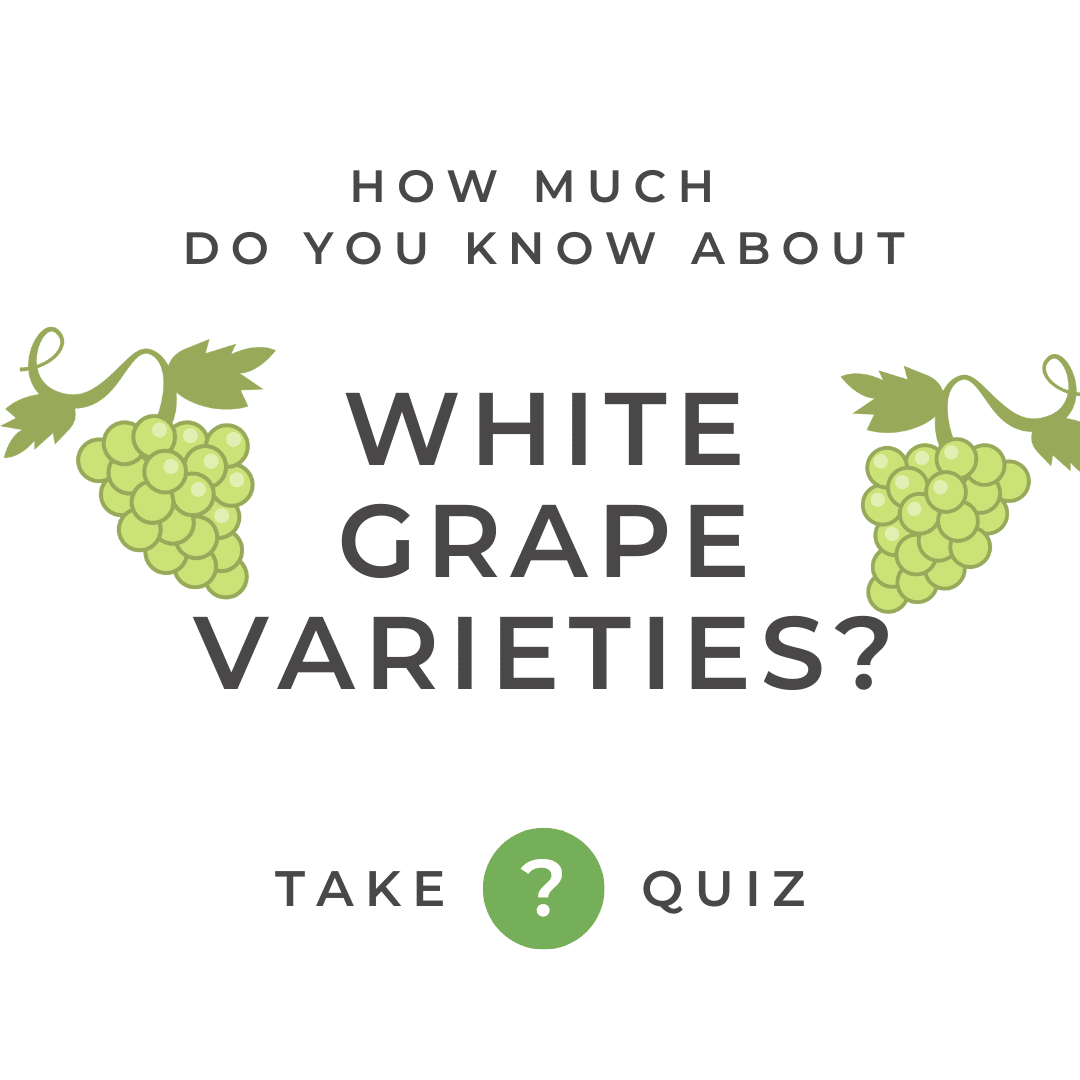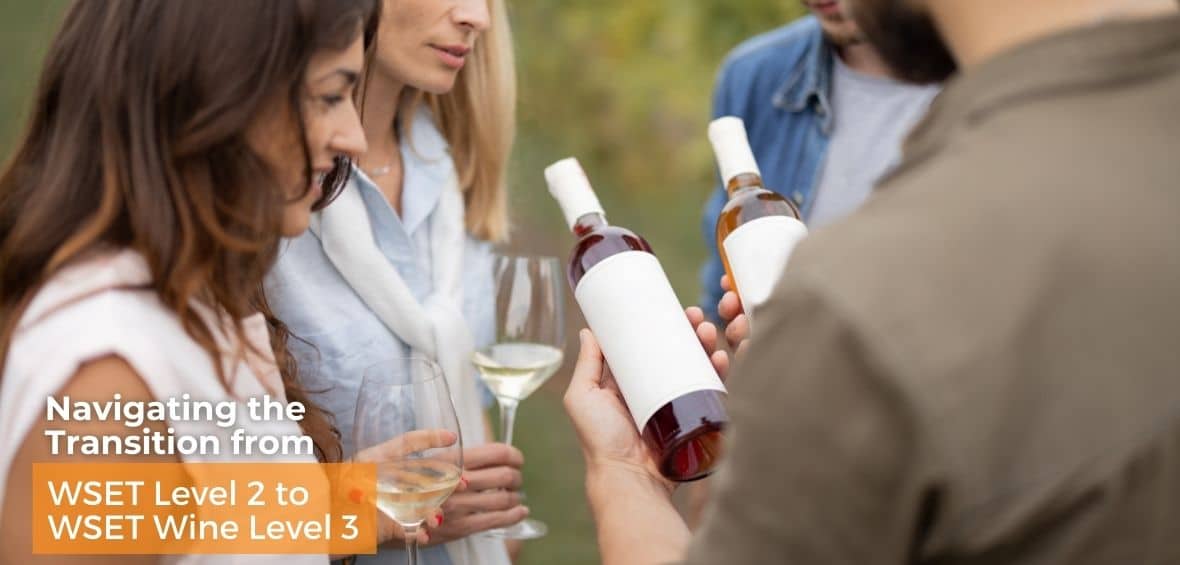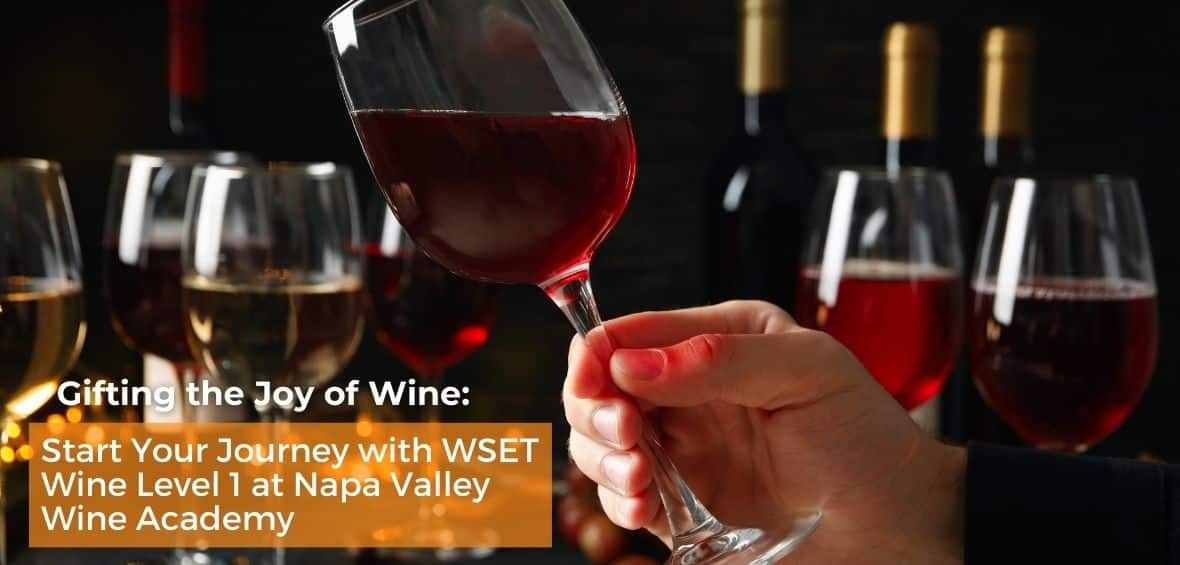Once grapes have been harvested for white wine making, the winemaker embarks on a series of choices in the cellar.
by Nikki Goddard
White wines are made nearly everywhere in the world where wine is made, and come in many styles, drawing on a diverse array of aroma and flavor profiles. While they are nearly always made from white grape varieties, this is not actually a given!
All white winemaking begins, of course, with the picking of grapes. This is done once the grapes have achieved ideal ripeness and takes place during the night or the very early morning, when temperatures are coolest, in order to maintain freshness. White grapes are typically picked earlier in the harvest season than red grapes (one exception is in the making of sweet wines when grapes are intentionally left on the vine to ripen).
Once the grapes have been harvested, the winemaker embarks on a series of choices, in addition to some mandatory steps, in the cellar:
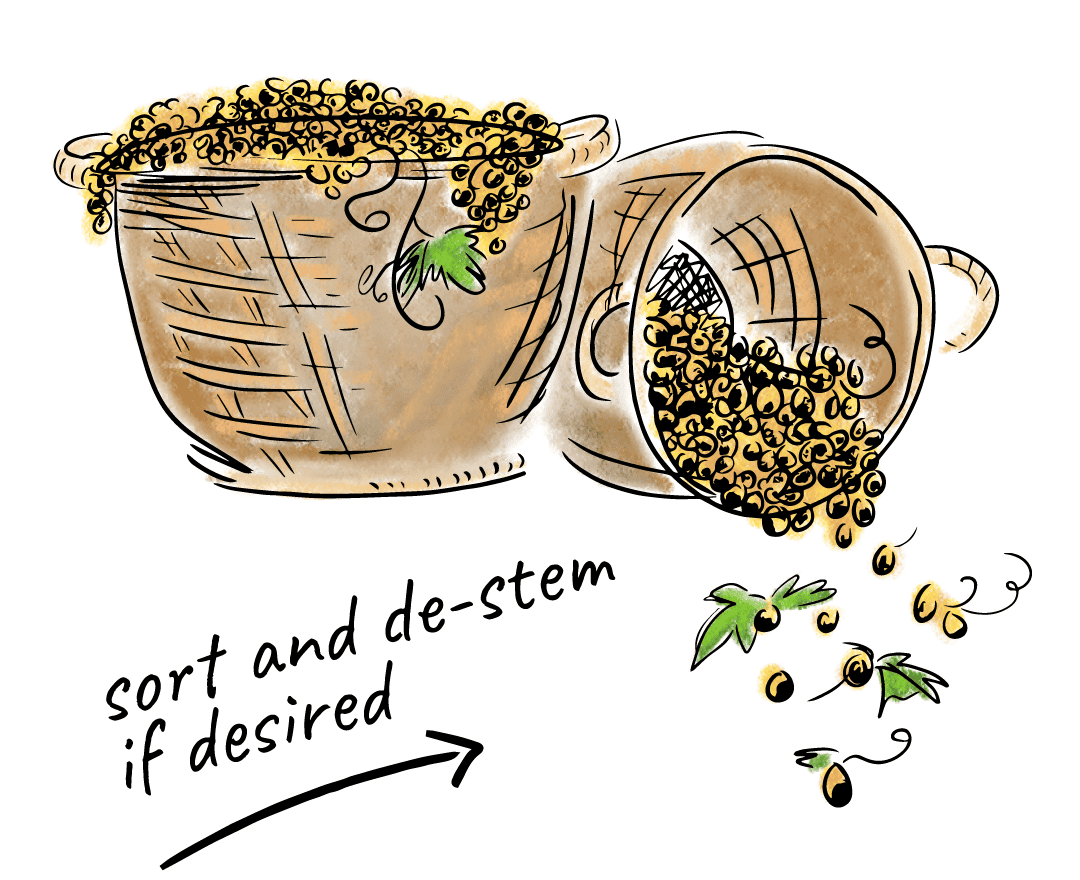
- Whether to sort the grapes after picking to select only the healthiest berries. This decision often depends on the producer as well as the intended quality level of a wine. For a limited bottling that will sell for a premium price, the sorting of grapes can be maniacal: only the grapes of the perfect size and shape will be chosen. For larger volume wines sold at, say, $10 or so a bottle, a few under-ripe grapes or a bit of MOG (material other than grapes) will not make any significant difference on the wine, given the large volume being dealt with.
Stems: Take ‘Em or Leave ‘Em
- Whether to de-stem and crush the grapes before they go into the press, or to ferment the clusters whole. First and foremost, when a producer machine-picks their grapes, the grapes are shaken off of their stems, so there are no stems to worry about. But when the grapes are hand-picked, producers have a choice. The stems have tannins, a bit of which might be desirable to add complexity or structure to the final wine. Many producers, however, opt to de-stem their white grapes as the tannins can overpower the fruitiness of white wine. If you’ve de-stemmed, then crushing comes next. You can, however, crush the whole clusters (grapes bunches with their stems) after hand-picking them) for a bit of added complexity to the final wine.
Pressing Matters
Pour Some Sugar on Me
- Whether to chaptalize (if legally allowed) or enrich a wine (add sugar or concentrated grape must) to ensure that the fermentation yields sufficient alcohol in the final wine. This practice is not legal in all wine regions.
Are we clear?
- Whether to clarify the wine and to what extent. Clarifying a wine (there are numerous methods to achieve this) will remove or reduce solids (ie cell fragments from the grape skins and pulp) from the juice or wine. Keeping in solids can add complex flavors to the wine, but if the producer wants to maintain purity of the fruit and let the fruit alone shine, then clarifying will be desired. (This is preferred for crisp or aromatic whites and can be achieved by fining, filtration, cold settling, or centrifugation.)
Where the Magic Happens
- The choice of fermentation vessel has a significant impact on the style of the wine. Stainless steel and concrete vessels don’t add any additional aromas or flavors to the wine and are used to create crisp, clean, varietally pure wines. Neutral oak can fall into this category as well -these are oak barrels used numerous times, so there is no flavor extracted any longer from the oak to the wine. Interestingly, neutral oak can help add structure and texture to a wine, just not flavor. New oak, and barrels only used once or twice will impart flavor on the wine, and that is highly desired with many less-aromatic grape varieties, such as Chardonnay. In any event, the fermentation vessel is where yeasts convert sugars into alcohol.
It’s Heating Up in Here
- The fermentation temperature—generally between 12°C and 22°C (lower than the ideal temperature range for red wine); the cooler temperatures slow the fermentation to maintain freshness and encourage aromatic development. Some producers ferment at the higher end of the white wine scale so as to add additional flavors and thus complexity to the wine.
How Sweet it Is
- The level of sweetness for the finished wine—many white wines are fermented dry, but any wine can be made sweet by adding unfermented grape juice to the final wine. This is not allowed in all regions of the world. Sweet wines are also made naturally, as when the fermentation stops early which results in sugar being left in the wine; not all of the sugar is converted to alcohol. This often happens when using grapes that already very high in sugar as a result of noble rot, freezing on the vine (where the frozen grapes are crushed and the ice is left in the press, so the remaining juice is full of concentrated sugars as well as flavors and acids), or drying of the grapes either on the vine or after picking. (Another option is fortification—the process of arresting the fermentation—which is accomplished with the addition of either distilled grape spirit or a heavy dose of SO2, or by chilling the partially fermented grape must.)
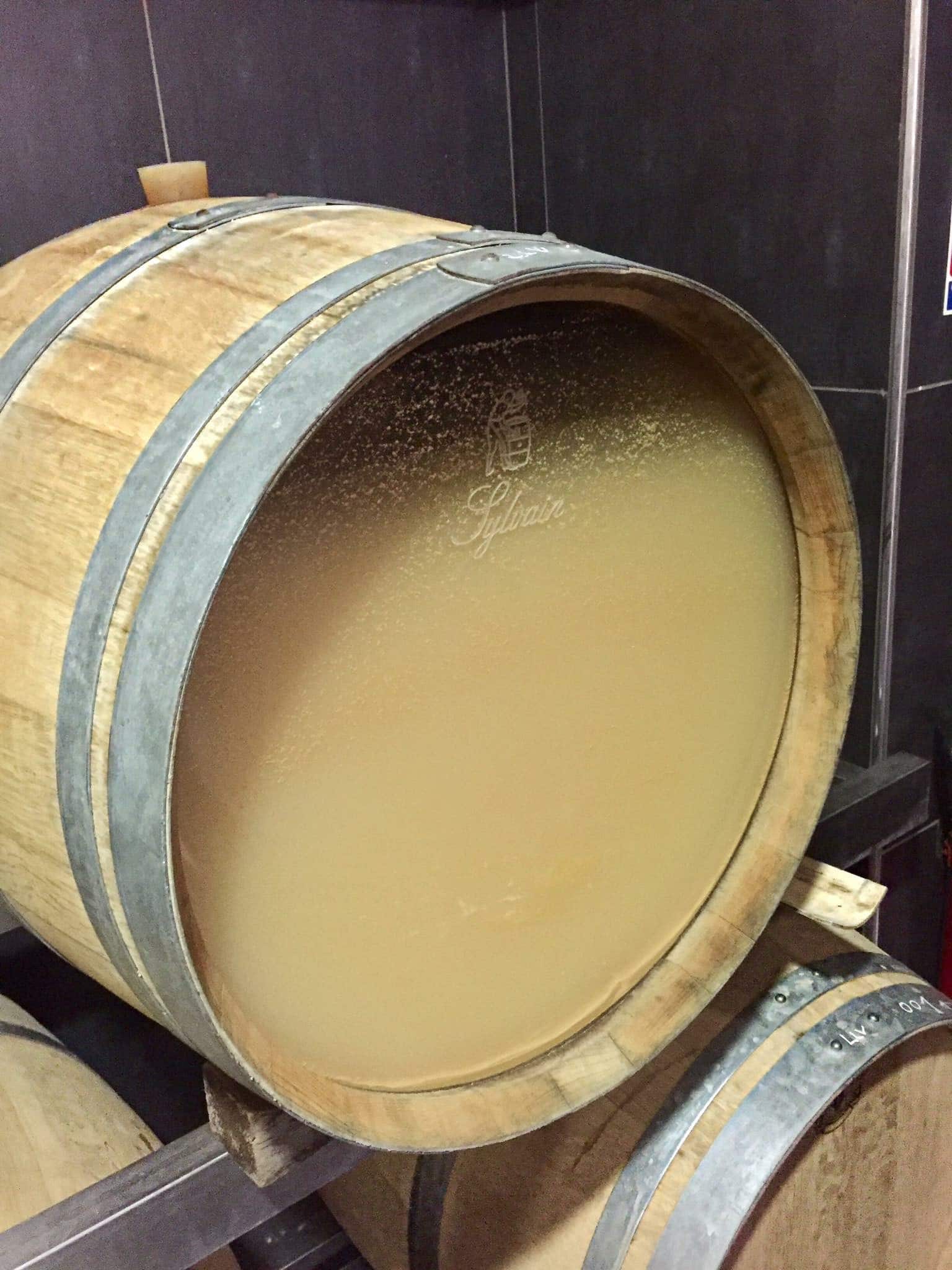
- Once the wine has fermented, there may be solids that were left in the juice, which now fall to the bottom of the fermentation vessel, or any vessel that the wine may have been transferred to right after fermentation. These solids that fall out of the wine are called lees. If the producer leaves the wine in contact with the lees for some time, or even stirs the wine with the lees for added effect, then the wine can take on additional flavors and gain a richer texture.
Malo-what?
- Whether or not to allow or induce malolactic fermentation. This is a process that happens naturally in wine. Following the alcoholic fermentation, there are bacteria (it’s ok, they can do good deeds) that will naturally convert tart malic acid (think green apple) that exists in the wine into soft, buttery lactic acid (think milk). Winemakers can stop this from happening if they wish to keep fruity purity and a zippy freshness in their wines. Yet if they are looking to add complexity, then ML can add buttery flavors and a rich texture to the wine.
Finishing Touches: Maturity
- Whether to age the wine for a time in the cellar, and perhaps in oak barrels, prior to bottling. Aging the wine in new or new-ish oak will add flavors to the wine along with a more complex structure. Yet some producers want to retain the fresh purity of a wine’s aromas and flavors and choose to bottle the wine sooner rather than later.
With all of these decisions and methods in their toolboxes—not to mention the dizzying array of white grape varieties (around 800!)—winemakers worldwide have nearly endless possibilities at their fingertips to bring unique wines from vine to glass.
To learn more about the process of winemaking and the many varied styles of wine produced around the world, enroll in a WSET course today.

